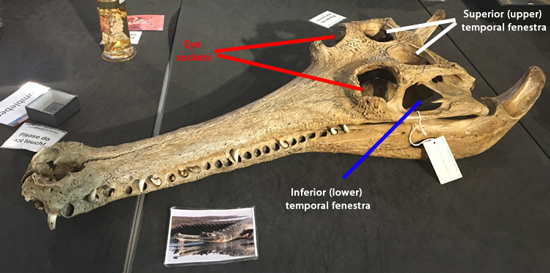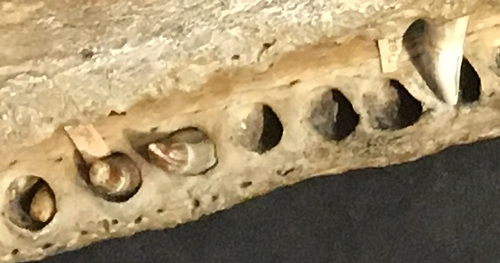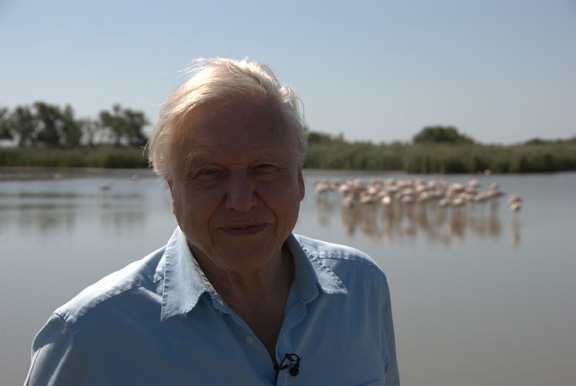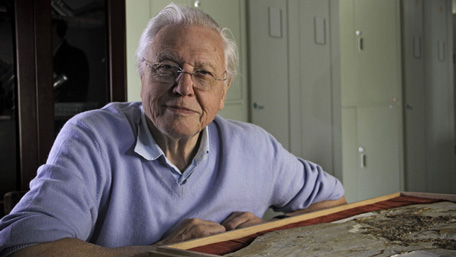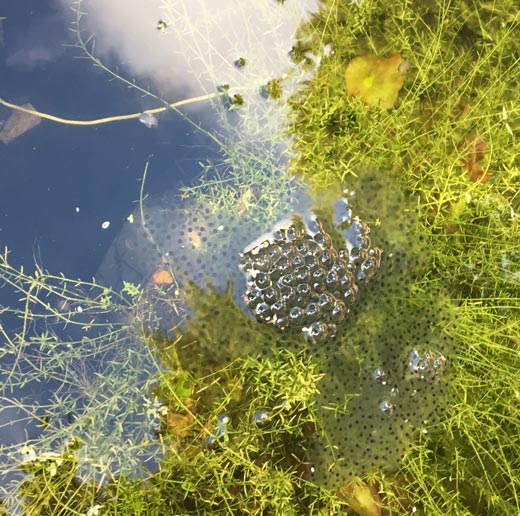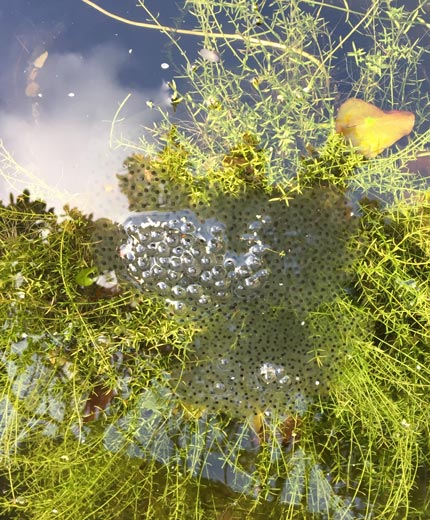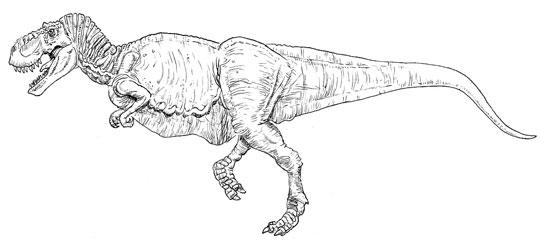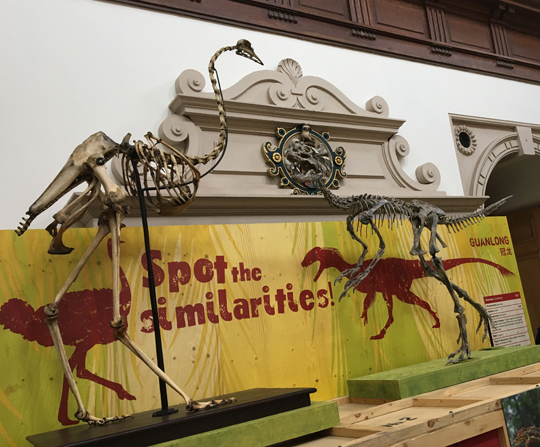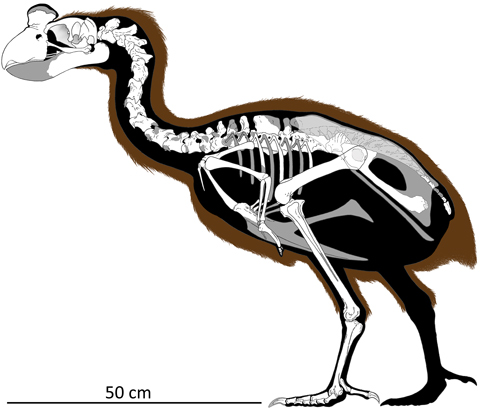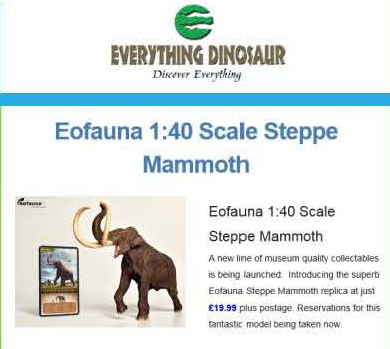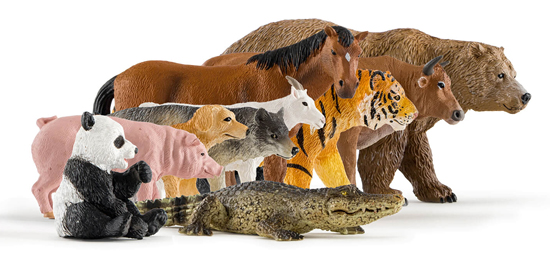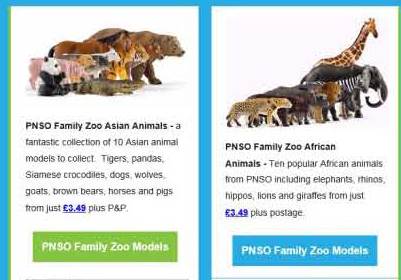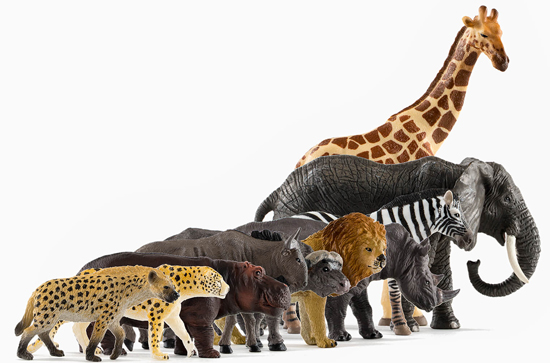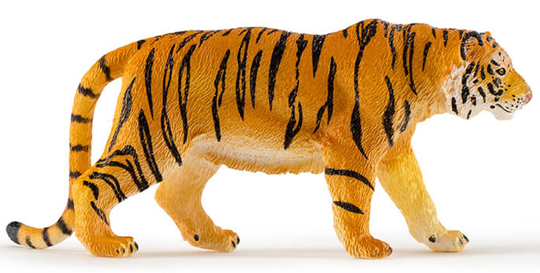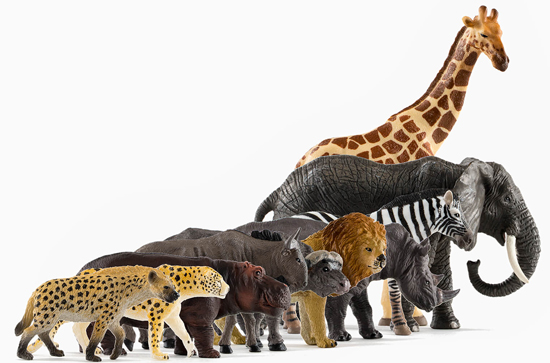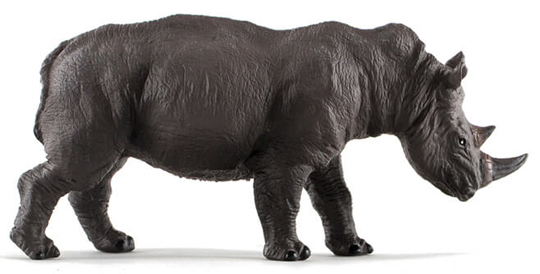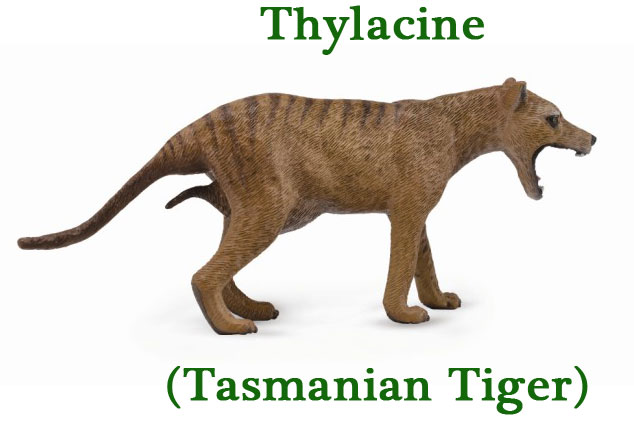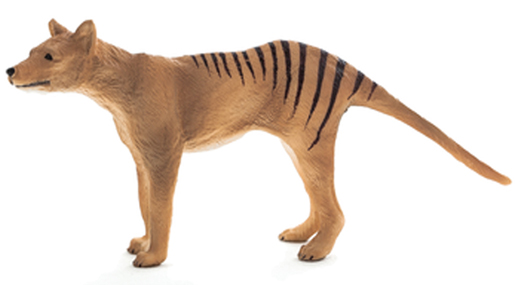News stories and articles that do not necessarily feature extinct animals.
Gharial Evolution Explained in New Scientific Paper
Convergent Evolution Thoracosaurs and Gharials
Crocodylians are a very ancient group of reptiles, sometimes these animals are referred to as living dinosaurs, that’s a mistake, they may be archosaurs, the same as the Dinosauria, but they represent a different branch of the “ruling reptiles” clade. However, just as with the dinosaurs, the ancient lineage of the crocodylians is full of intriguing taxonomic mysteries. Back in 2017, Everything Dinosaur reported upon a new scientific paper that fundamentally re-wrote the dinosaur family tree, in recent weeks, a new scientific study has thrown light on the evolution of the gharials, specialist fish-eating crocodylians.
The Evolution of Gharials
This new research into the gharials may not result in such a seismic shift that we saw with the 2017 dinosaur family tree, but it does help to explain an inconsistency that has puzzled palaeontologists for decades.
A Gharial (Gavialis gangeticus)
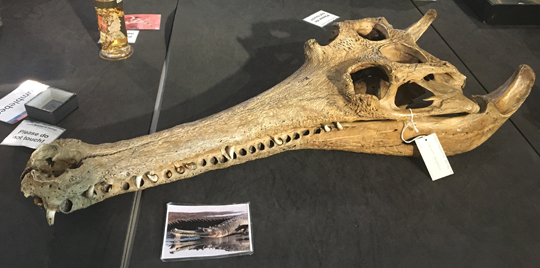
Picture credit: Everything Dinosaur
The Thoracosaur Mystery
Late Cretaceous, long-snouted, fish-eating crocodiles known as thoracosaurs had been thought to be closely related to modern-day gharials (Gavialis lineage). However, fossils of these crocodylians are found in Upper Cretaceous/Lower Palaeocene strata, but analysis of the genome of the modern Indian gharial suggests that these crocodiles only evolved some forty million years ago. In a new study, led by Flinders University (South Australia), it is concluded that the Thoracosaurus is not closely related to the Gavialidae, it just happens to look very similar and to share the same adaptations for life as a piscivore.
A Life Reconstruction of the Late Cretaceous Crocodylian Thoracosaurus
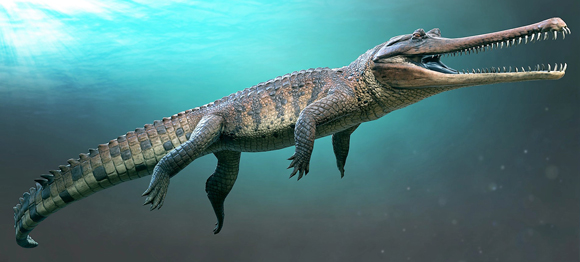
Picture credit: Jacob Baardse
The Four-metre-long Thoracosaurus
Two species of Thoracosaurus have been described, one from North America with a second species known from Europe. This freshwater crocodile could have grown to a length of four metres or more. Writing in the journal “Proceedings of the Royal Society Biology”, a team of international scientists propose that the uncanny resemblance between the modern gharial and the ancient Thoracosaurus is due to convergent evolution, the process whereby two unrelated organisms end up looking similar as they adapt to similar environments and ecological niches.
The study shows that the prehistoric thoracosaurs, that were around at the same time as the last of the dinosaurs, were not closely related to modern gharials at all. They represent a separate and distinct group of reptiles that adopted a similar fish-eating habit, evolving long, narrow jaws with needle-like teeth, anatomical traits they share with gharials. Therefore, as borne out by the DNA of modern-day gharials, members of the Gavialidae are relatively newcomers when it comes to crocodylian evolutionary history. Gharials did not exist in the Mesozoic.
The Fossilised Skull and Upper Jaw of Thoracosaurus (Cast)
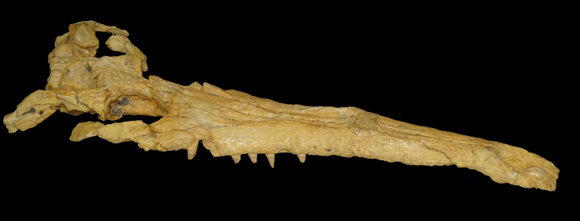
Picture credit: Michael Lee (Flinders University and South Australia Museum
Confusion Over the Indian Gharial and the False Gharial
The False gharial of south-east Asia (Tomistoma schlegelii), has a similar long snout to the Indian gharial, however, as it is broader at the base it was thought that this species was not closely related to the true gharial. However, genomic studies have revealed that it is the sister taxon and consequently, very closely related to Gavialis gangeticus. Many biologists now classify this species as a member of the Gavialidae.
Lead author of the study, Professor Michael Lee (Flinders University), commented:
“The DNA of living gharials indicates they are a young group, which evolved well after the dinosaurs, but then why are there gharial-like fossils older than T. rex? Either the DNA evidence is wrong, or we’ve misinterpreted these ancient thoracosaurs. Our work suggests we have got the fossils wrong, after being misled by convergent evolution.”
The scientific paper:
“Tip Dating and Homoplasy: Reconciling the Shallow Molecular Divergences of Modern Gharials with their Long Fossil Record” by MSY Lee and AM Yates and published in Proceedings: Biological Sciences:
Everything Dinosaur’s article on the reassessment of the Dinosauria: Root and Branch Reform for the Dinosaur Family Tree.
Visit the Everything Dinosaur website: Everything Dinosaur.


